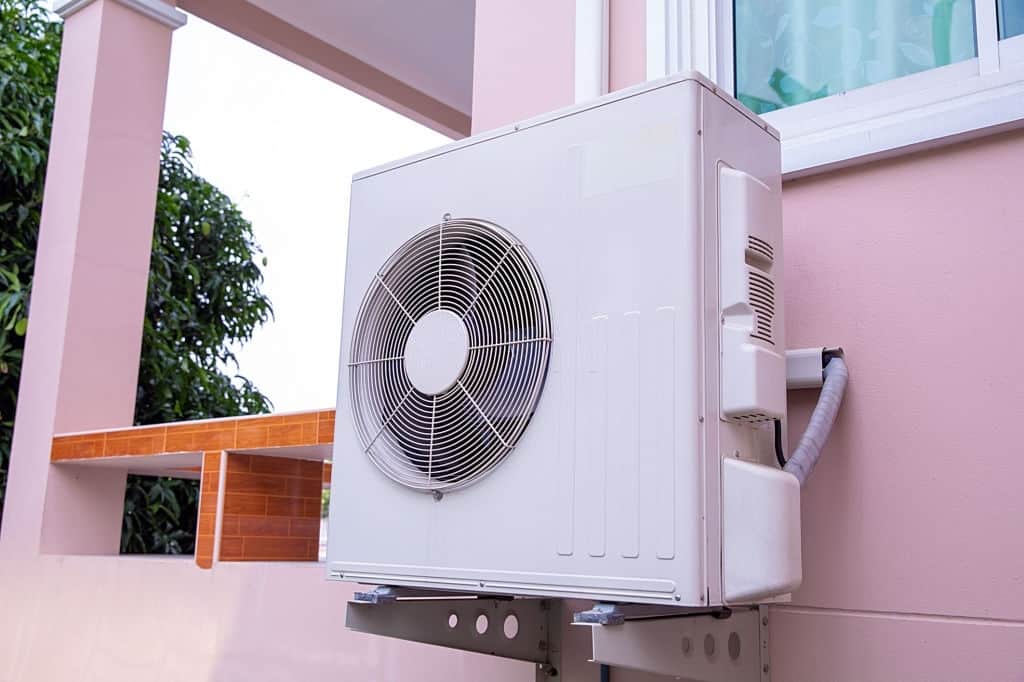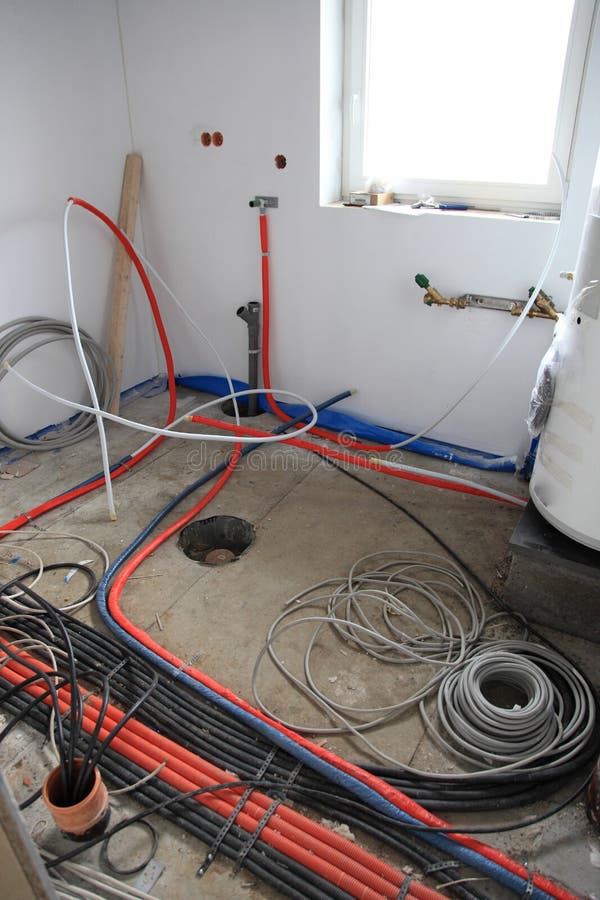Customized BRE Electrical Solutions for Homes and Businesses
Customized BRE Electrical Solutions for Homes and Businesses
Blog Article
The Ultimate Guide to Electric Installment: Tips and Techniques for a Safe and Efficient Home Circuitry System
In the world of home upkeep, few facets are as vital yet usually neglected as the electrical circuitry system. By discovering the nuances of electric safety and security steps and energy-saving practices, this comprehensive overview will lose light on the intricacies of home electrical wiring, equipping people to take fee of their family's electrical infrastructure.
Recognizing Electrical Precaution
To make certain the safety and security of both individuals and residential property, understanding and carrying out correct electric precaution is paramount in any home circuitry job. Electricity is an effective force that can be harmful otherwise handled with care. Among the fundamental safety measures is ensuring that all electrical work is performed by certified professionals that adhere to local building ordinance and regulations. It is critical to perform an extensive examination of the electric system before beginning any type of wiring task to recognize potential threats or concerns that need to be dealt with.
Moreover, using the proper devices and equipment is necessary for preserving security during electrical setups. Insulated gloves, voltage testers, and safety eyewear are a few of the basic security equipment that should be used to avoid electric shocks or mishaps. It is also crucial to de-energize circuits before servicing them and to classify all circuits and breakers plainly to stay clear of complication.

Essential Devices for Home Electrical Wiring
Ensuring the appropriate execution of electric security measures in home wiring tasks includes utilizing a particular set of necessary tools made to promote the setup process properly and securely. Some of the trick tools required for home wiring jobs include a voltage tester for checking real-time cables, wire pole dancers for removing insulation from cords, a cord cutter for exactly reducing wires to size, a screwdriver set for safeguarding electrical elements, electrical tape for insulation and securing links, a wire ripper for stripping cord sheathing, and a multimeter for gauging voltage, existing, and resistance.
Step-by-Step Electrical Installation Guide
Starting an electrical installation project calls for careful preparation and adherence to safety guidelines. Prior to beginning any work, ensure you have a thorough plan detailing the format of the electric system, including the positioning of outlets, switches, and fixtures. Consider the power needs of each tool to identify the suitable cable gauge and circuit breaker sizes.
The primary step in the installation process is to close off the power supply to the area where you will be functioning. Make use of a voltage tester to validate that the circuits are de-energized prior to touching any wires. Next off, meticulously remove existing fixtures or outlets you could try this out and separate the cables.
When installing new circuitry, run cable televisions with wall surfaces and ceilings, securing them in position with proper fittings. Comply with neighborhood building codes and manufacturer guidelines for correct wire installment and links. BRE Automation Australia. See to it to label wires for easy recognition and future maintenance

Troubleshooting Common Circuitry Issues
Having finished the setup process as detailed in the previous subtopic, troubleshooting common electrical wiring problems is a vital ability for guaranteeing the security and functionality of your electric system. One common problem is a stumbled circuit breaker, frequently triggered by overloaded circuits or a brief circuit. To troubleshoot this, find the breaker panel, recognize the tripped breaker by searching for the one not fully in the "on" placement, and reset it by flipping it fully to "off" and then back to "on." An additional common trouble is a damaged outlet, characterized by no power or recurring power supply. Ensure the outlet is not managed by a button, after that use a voltage tester to look for power. If there is no power, transform off the circuit, evaluate the electrical wiring links for any type of loose or damaged cables, and replace the outlet if necessary. Constantly flickering lights can suggest loose wiring connections or an overloaded circuit. To address this, check and tighten up all wire connections in the impacted fixtures and buttons and rearrange the lots on the circuit to balance the electrical need. Routinely examining and promptly attending to these typical wiring issues will preserve the safety and security and efficiency of your home electrical system.
Tips for Energy-Efficient Electric Solutions
For ideal power effectiveness in electric systems, applying smart methods and making use of energy-saving innovations is vital. One essential pointer for attaining an energy-efficient electrical system is to update to LED lighting. LED light bulbs consume dramatically much less power than standard incandescent bulbs and have a longer life-span, making them an affordable selection in the future. Furthermore, setting up programmable thermostats can aid browse this site manage heating and cooling down systems, lowering energy waste when nobody is home. Another method is to invest in energy-efficient appliances that are power STAR certified, guaranteeing they satisfy high standards for power performance. Proper insulation and securing of home windows, doors, and electric outlets can additionally protect against power loss, eventually decreasing the workload on electric systems. Lastly, think about incorporating renewable resource sources like web solar panels to more decline reliance on conventional power grids. By incorporating these energy-efficient pointers and modern technologies, property owners can not just save cash on their power bills however likewise lower their environmental impact.
Final Thought
To conclude, carrying out proper precaution, using crucial devices, following a detailed installation overview, fixing common issues, and incorporating energy-efficient pointers are vital for a safe and effective home circuitry system. By sticking to these methods, house owners can make sure the longevity and performance of their electric installments. It is necessary to focus on security and performance when it pertains to electrical work in order to stop potential dangers and to keep a reputable electric system in the home.
Report this page